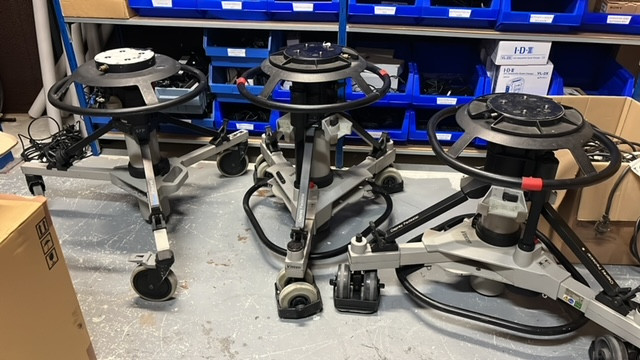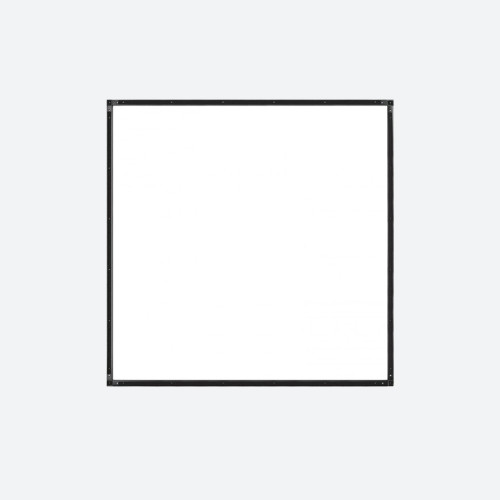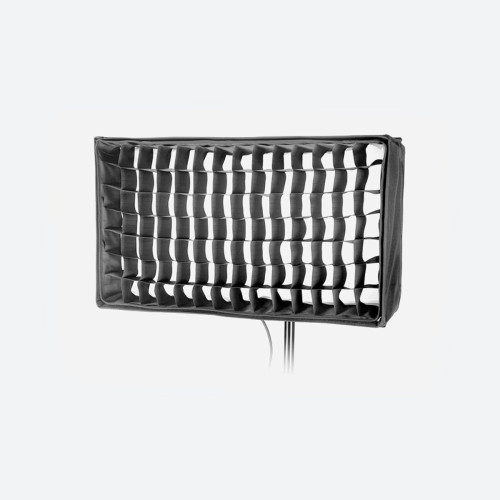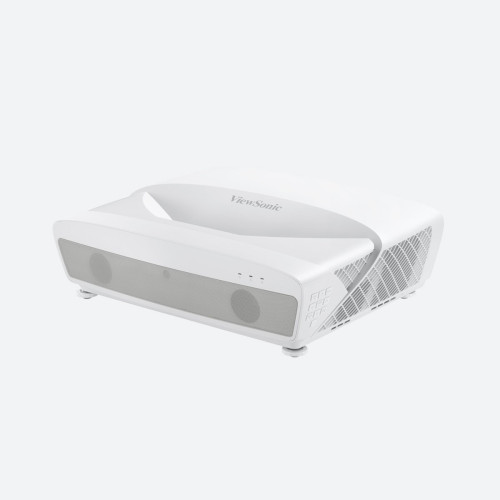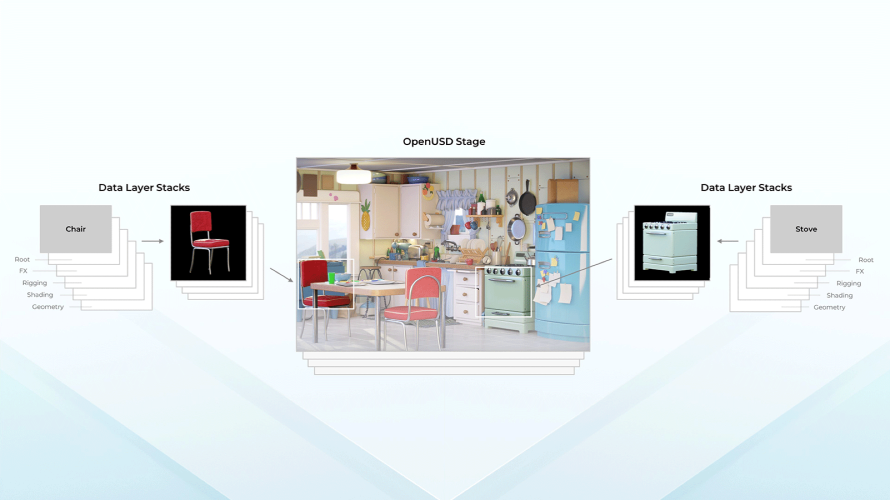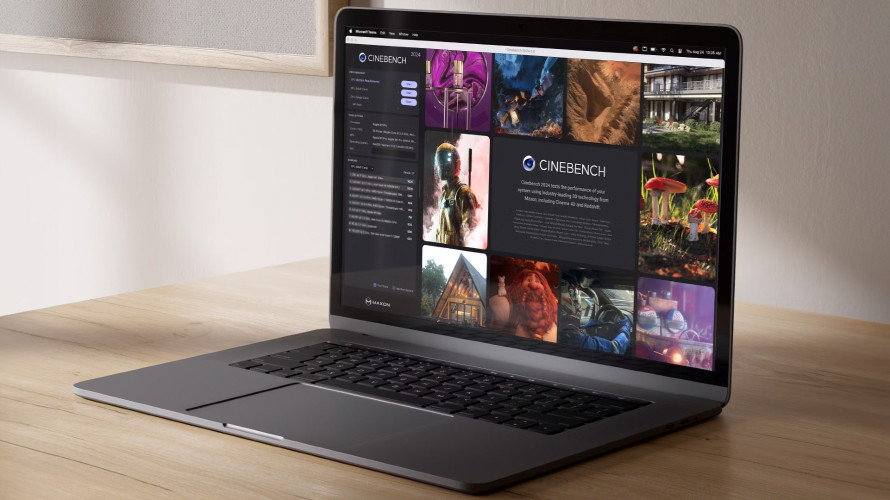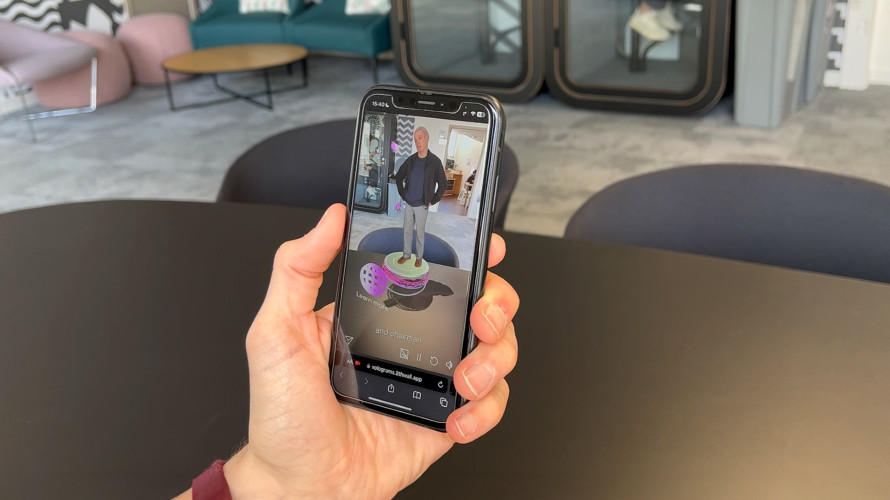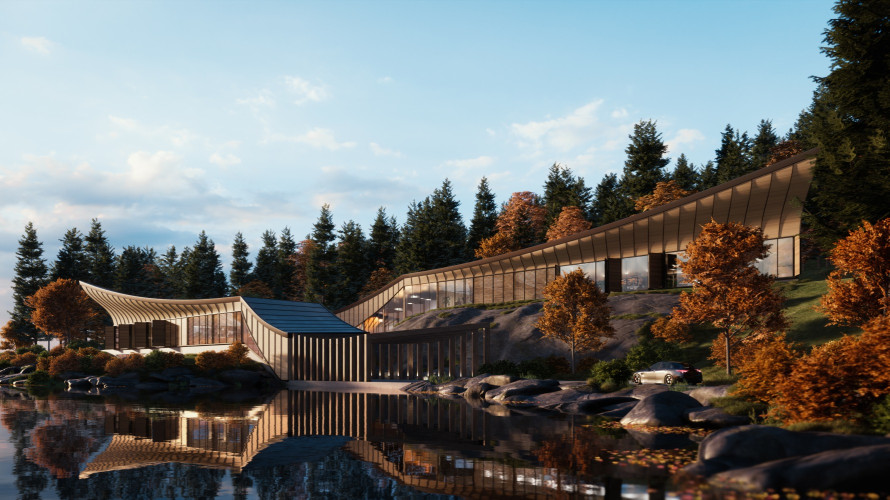It has been said that poor quality stereoscopic TV will ‘poison the water’ for everyone. This was because in the past 3D was made to quite poor and uncontrolled production and delivery standards. But since BSkyB’s “Technical Guidelines for Plano Stereoscopic 3D Programme Content” were published over two years ago programme makers have had specific quality limits to meet. These specifications have been widely adopted in the UK for other 3D TV broadcasts such as those from the BBC and the Olympics in 2012. However the EBU is yet to publish a similar official standard that covers all the important 3D parameters. What it has done with its recommendation R135 “Production & Exchange Formats for 3DTV Programmes” is provide a standards framework. What R135 currently lacks are production guidelines that deal with issues such as depth range, permissible parallax and convergence.
In the USA, it seems the SMPTE has yet to publish a ratified “3D Home Content Master Requirements” or other 3D standards document. However 3Net, which has active 3D channels in collaboration with Discovery, Sony and IMAX, has produced a “3D Production Guide” this year. This is very informative 50 page PDF on the whole subject of 3D. [http://press.discovery.com/media/ugc/press/3DTV-Production-Guide_3net.pdf]
The main parameters to worry about in any stereoscopic scene are the most negative and positive disparity values. Preferentially these are given in percentage of screen width rather than the actual screen pixels. The distance between these numbers is the depth range. The depth budget is the maximum value this range can be allowed without being too uncomfortable for the viewer. Of course, in any lively programme, these figures are jumping around all-over the place!
The current BSkyB specification depth budget is 3% of screen width. But the same spec limits negative (in front of the screen plane) to -1% and positive (behind the screen plane) to +2%. The spec also allows temporary excursions outside the -1% +2% limits to go as far as -2.5% forwards and 4% behind. Within this broad band, the 3% range rule should not be exceeded. It allows more dramatic scope using the depth space without asking the viewer's eyes to resolve too wide a range of disparities that could lead to eye strain or headaches.
In postproduction, there a lot more parameters besides dynamic constraints of depth that need to be assessed for full quality control. There are the vertical errors, rotation and left/right image parameter disparities all to be measured simultaneously, and more. Then inevitable scenes with no 3D have to be discovered and scored as a percentage of the running length as allowed in the Sky specs.
To cut out the tedium of doing this manually, products like the Cel-Scope3D analyser have an automatic logging system. This generates a report documenting the maximum and minimum depth values found frame by frame against timecode together with the range and the many other test parameters.
Whilst they could be set for the test specifications manually, to simplify operation, all the necessary limits can be loaded from a 3D logging profile file already configured to whichever broadcaster standard and purpose are needed. With this, there can be consistency across programmes, operators and different locations. You can even end up with a test certificate, just like those so familiar in the UK for photo-sensitive epilepsy (aka - Harding).
Robin Palmer is Managing Director of Cel-Soft and is usefully involved with solutions for 3D & TV quality control and measurement technology.
Meeting standards in 3D

Author: Bob Pank#
Published 1st January 2013



